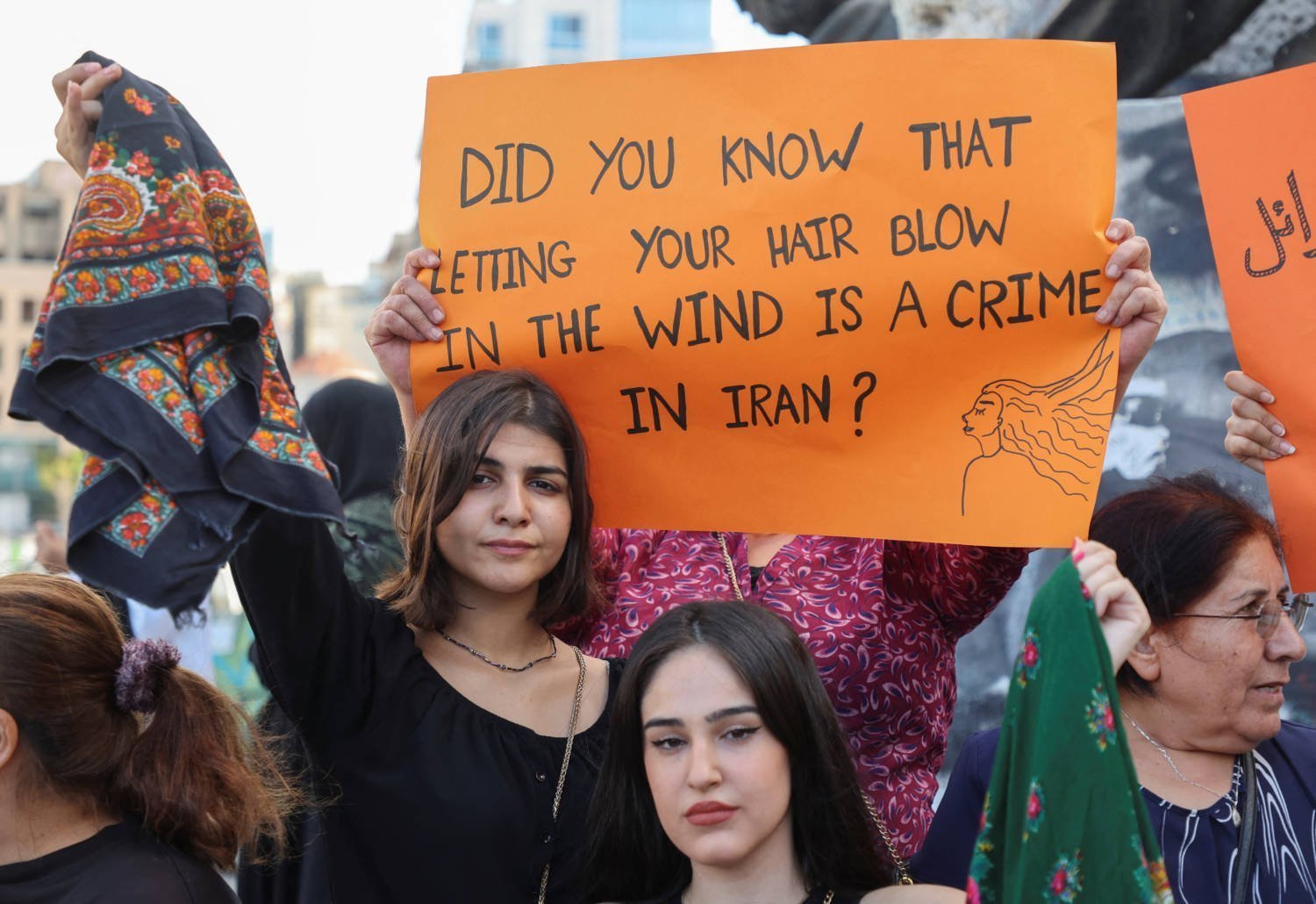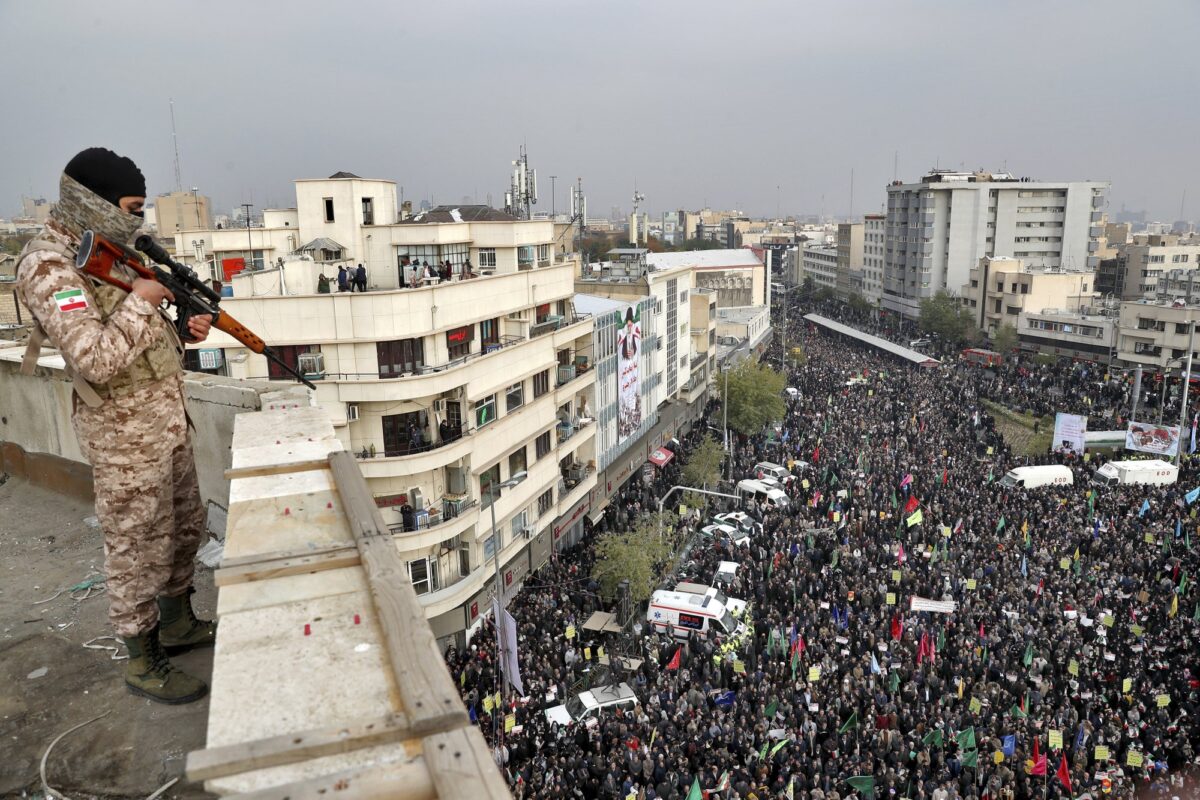Current Events and Political Landscape

Iran’s political landscape remains complex and dynamic, characterized by a mix of internal and external pressures. The country faces challenges in its relationship with the international community, navigating economic sanctions and navigating regional conflicts.
Recent Political Developments
Iran’s political scene has been marked by a series of events, including the 2021 presidential election, which saw Ebrahim Raisi elected as the new president. Raisi, a hardliner, has taken a more conservative approach to foreign policy and domestic issues. The election was marred by allegations of voter suppression and a lack of democratic participation.
Iran’s Relationship with the International Community
Iran’s relationship with the international community remains strained due to its nuclear program, human rights record, and involvement in regional conflicts. The nuclear deal, known as the Joint Comprehensive Plan of Action (JCPOA), which aimed to curb Iran’s nuclear ambitions, has been subject to significant challenges and uncertainties. The US withdrawal from the deal in 2018 under the Trump administration and the subsequent reimposition of sanctions have complicated the situation.
Iran’s Economic Situation
Iran’s economy faces a number of challenges, including high inflation, unemployment, and sanctions. The economic sanctions imposed by the US and its allies have significantly impacted Iran’s ability to trade and access global markets. The country’s currency, the rial, has depreciated sharply, leading to increased inflation and a decline in living standards.
Social and Cultural Issues: News Iran

Iran’s social and cultural landscape is a tapestry woven with threads of tradition and modernity, reflecting a complex interplay between religious beliefs, historical legacies, and contemporary trends. This dynamic landscape is characterized by both continuity and change, as the nation grapples with the impact of globalization and technological advancements.
Women’s Rights and Empowerment
The role of women in Iranian society is a subject of ongoing debate and evolution. While the Islamic Republic’s legal framework emphasizes the importance of women’s rights, interpretations and implementations of these rights vary significantly. Women’s access to education and employment has increased in recent decades, and many women are actively involved in the professional and cultural spheres. However, societal norms and expectations often place limitations on women’s freedom of movement, dress, and social interaction.
“Despite the challenges, Iranian women have made significant strides in education, employment, and political participation. Their voices and contributions are increasingly visible in all aspects of society.”
Religious Freedom and Diversity
Iran is an Islamic republic, with Shia Islam being the dominant religion. While freedom of religion is enshrined in the constitution, the practice of other faiths is subject to certain restrictions. The government actively promotes Islamic values and discourages proselytization by other religions. However, there are small communities of Christians, Jews, and Zoroastrians who have been historically recognized and allowed to practice their faith within specific guidelines.
Youth Culture and Identity
Iranian youth are a dynamic and influential segment of society. They are exposed to global trends through social media and the internet, which has led to a growing awareness of different cultures and lifestyles. This exposure has fostered a sense of cosmopolitanism among many young people, who are increasingly embracing Western fashion, music, and entertainment. However, traditional values and religious beliefs continue to play a significant role in shaping their identities.
Traditional and Modern Aspects of Iranian Society
Iranian society is a fascinating blend of tradition and modernity. Traditional values, such as family unity, respect for elders, and hospitality, remain deeply ingrained in the culture. These values are often reflected in social customs, religious practices, and family structures. However, modernization has brought about significant changes, particularly in urban areas. Technological advancements, access to information, and increased exposure to global trends have led to a growing emphasis on individual freedom, self-expression, and secularism among some segments of society.
Challenges and Opportunities
Iranian society faces a number of challenges, including economic hardship, political instability, and social inequalities. The country’s economic sanctions and political isolation have had a significant impact on the standard of living for many Iranians. The government’s efforts to address these challenges are often hindered by internal divisions and external pressures. However, Iran also possesses significant opportunities for growth and development. Its young population, abundant natural resources, and strategic location offer potential for economic diversification and regional influence.
International Relations and Foreign Policy

Iran’s foreign policy is shaped by a complex interplay of domestic and international factors. The country’s revolutionary ideology, its pursuit of regional influence, and its desire for international recognition all play a role in its interactions with other nations.
Relationships with Key Actors
Iran’s foreign policy is characterized by its strategic partnerships and its complex relationships with major global players.
- The United States: The relationship between Iran and the United States has been marked by decades of tension, stemming from the 1979 Iranian Revolution and the subsequent hostage crisis. The two countries have been engaged in a protracted standoff over Iran’s nuclear program, leading to economic sanctions and political pressure. However, recent developments, including the Joint Comprehensive Plan of Action (JCPOA), have shown signs of potential for a more constructive relationship.
- Russia: Russia and Iran have developed a close strategic partnership, driven by shared interests in countering Western influence and supporting regional allies. The two countries have cooperated on issues such as the Syrian civil war, the sale of advanced weapons systems, and the development of energy projects.
- China: China and Iran have established a multifaceted strategic partnership, fueled by economic, energy, and security interests. China is a major importer of Iranian oil and has invested heavily in Iran’s infrastructure. The two countries have also collaborated on regional security initiatives, including the Belt and Road Initiative.
- The European Union: Iran’s relationship with the European Union has been characterized by a mix of cooperation and tension. The EU has been a key player in the JCPOA negotiations and has sought to maintain economic ties with Iran. However, European countries have also expressed concerns about Iran’s human rights record and its regional activities.
Role in Regional Conflicts
Iran has been deeply involved in regional conflicts, often acting as a key supporter of various factions and groups.
- The Syrian Civil War: Iran has been a staunch supporter of the Syrian government, providing military and financial aid. It has also deployed military advisors and fighters to support the Syrian regime in its fight against rebel groups.
- The Yemen War: Iran has been accused of supporting Houthi rebels in Yemen, providing them with weapons and training. The Houthis have launched attacks on Saudi Arabia, escalating tensions in the region.
- The Conflict in Iraq: Iran has a significant influence in Iraq, where it has supported Shia militias and political factions. It has also been involved in the fight against the Islamic State of Iraq and Syria (ISIS), contributing to the defeat of the group.
Iran’s Nuclear Program, News iran
Iran’s nuclear program has been a major source of international concern for decades.
- Development and Concerns: Iran’s nuclear program began in the 1950s, initially with the aim of developing civilian nuclear energy. However, the program has been subject to international scrutiny due to concerns that Iran could be pursuing nuclear weapons.
- The JCPOA: In 2015, Iran reached a landmark agreement with six world powers, known as the Joint Comprehensive Plan of Action (JCPOA). The JCPOA placed strict limits on Iran’s nuclear activities in exchange for the lifting of international sanctions.
- US Withdrawal and Implications: In 2018, the United States withdrew from the JCPOA and reimposed sanctions on Iran. This decision led to a significant increase in tensions between Iran and the United States, and raised concerns about the future of the nuclear deal.
News iran – Staying informed about news from Iran can be a bit like navigating a maze, but it’s essential to understand the complexities of the region. And while you’re catching up on world events, you might want to take a peek at 2025 social security cola increase , which could impact your finances.
Understanding these changes, along with the evolving situation in Iran, can help us make informed decisions for our futures.
The news from Iran is certainly captivating, but let’s not forget about what’s happening closer to home. The recent northeast Ohio emergency serves as a stark reminder of the importance of preparedness, and perhaps we can learn from the resilience of the Iranian people in the face of adversity.
After all, staying informed and ready for anything is a universal need, regardless of where we call home.
